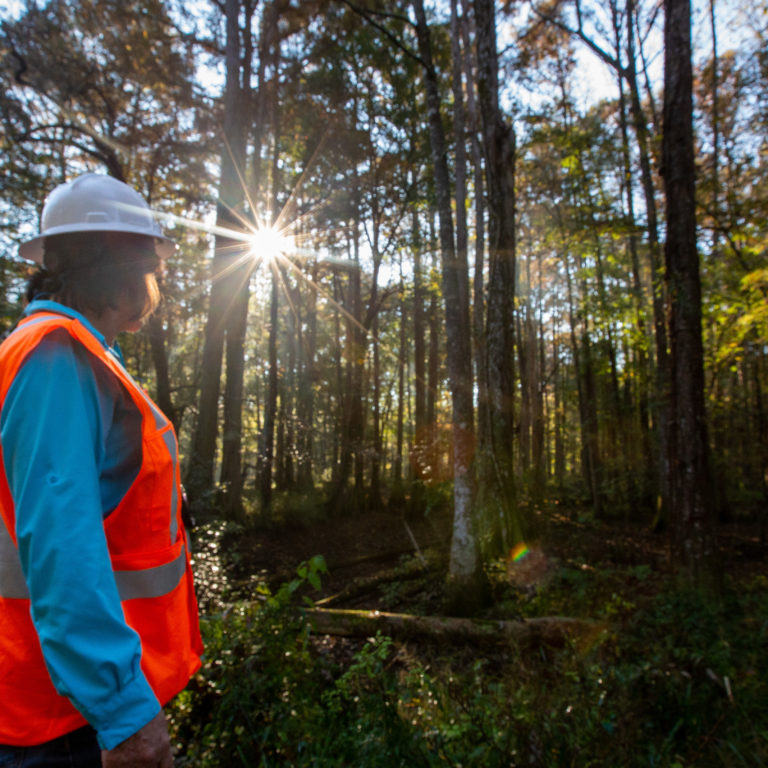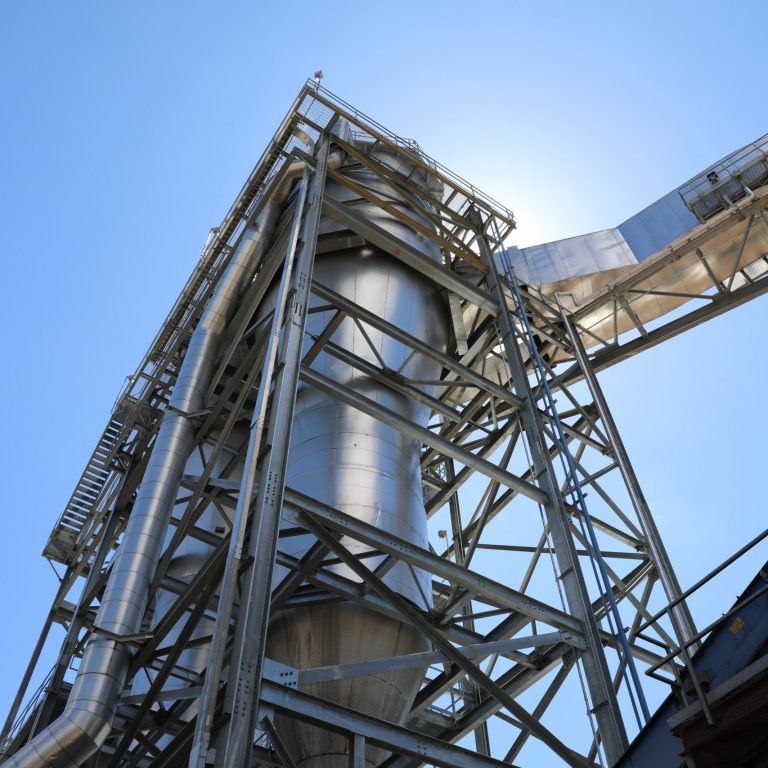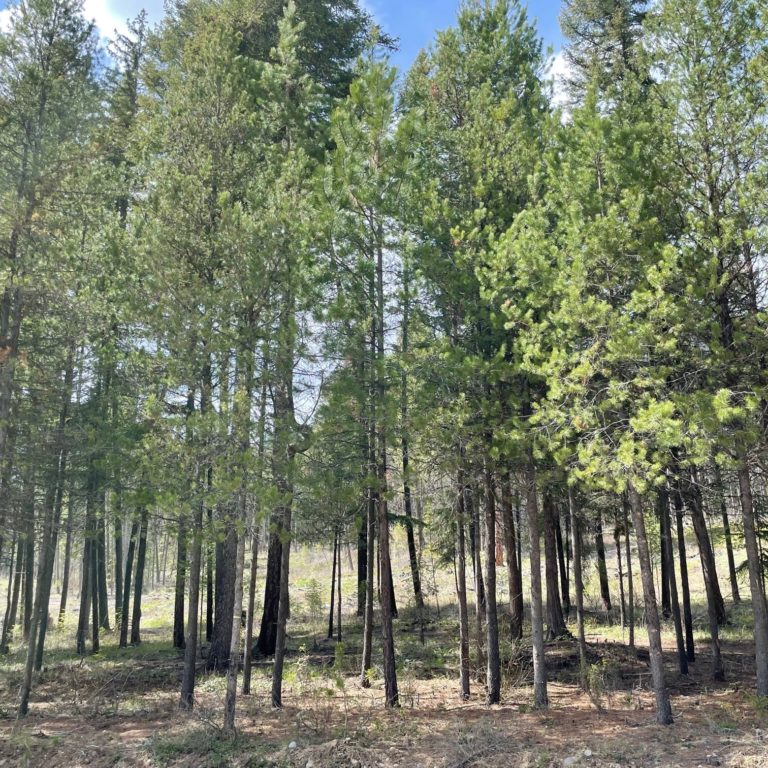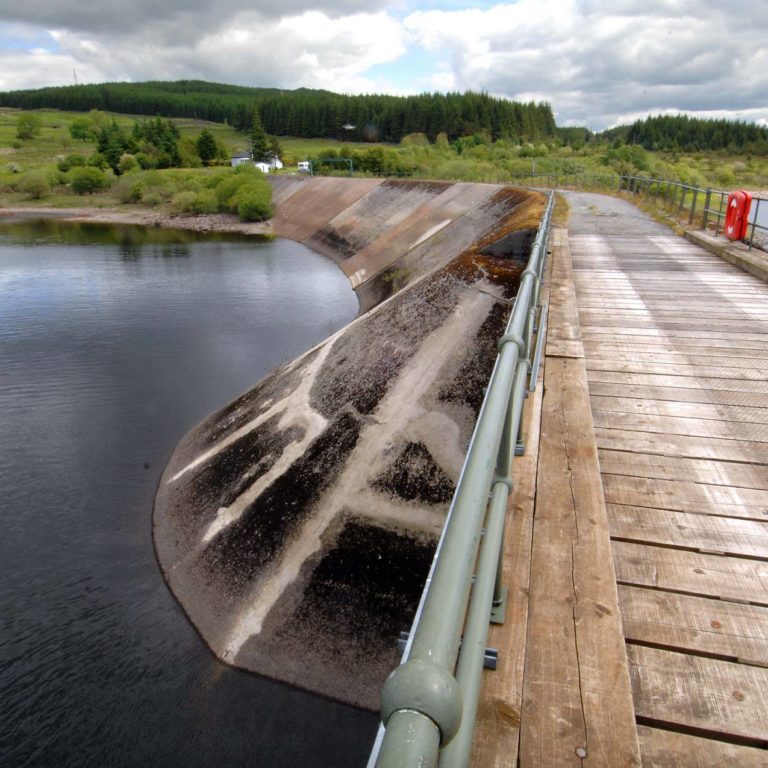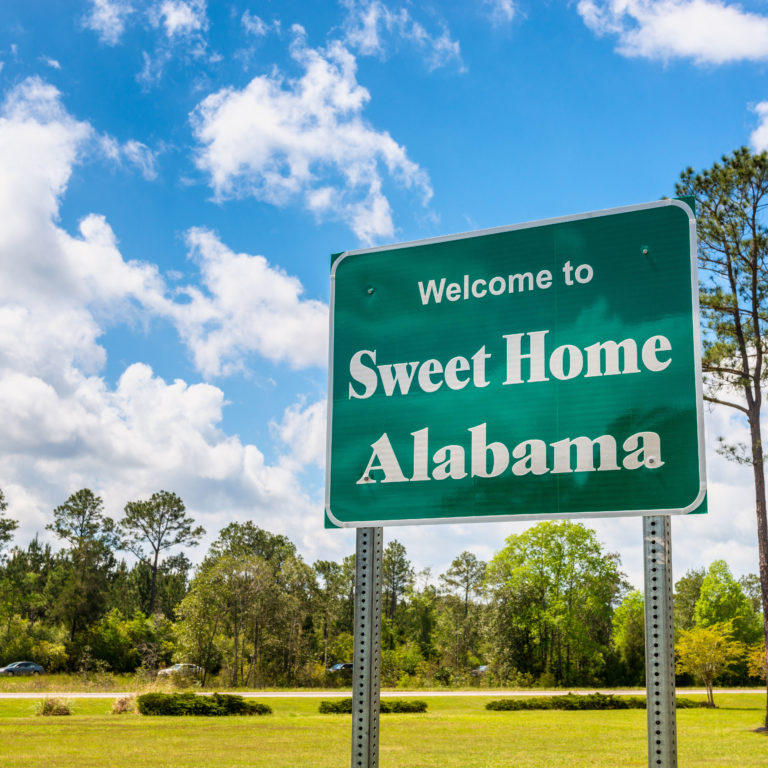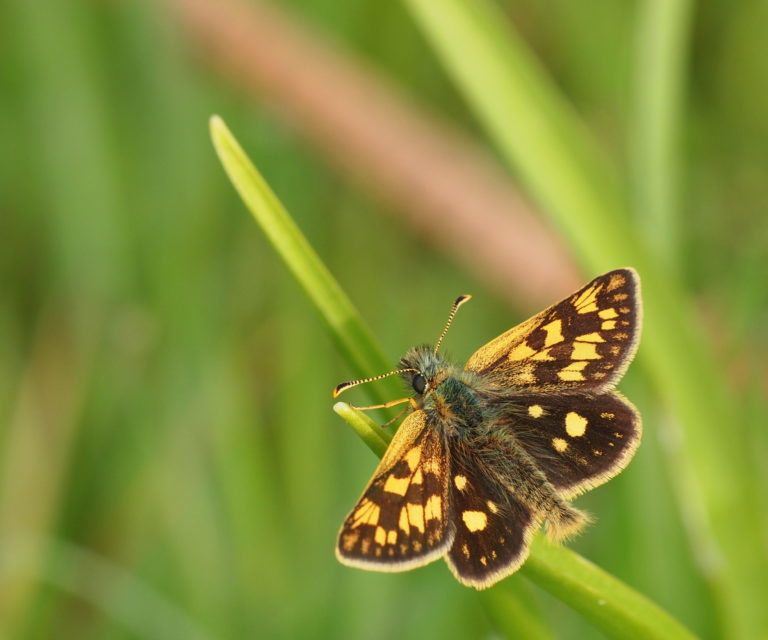Forests and the products we derive from them are one of the most ubiquitous aspects of human civilisation. Despite the rapid pace of modern life, that isn’t changing.
Forest still covers 30% of the world’s land and in the UK more than an estimated 55 million m3 of wood was used in 2015 – either directly through furniture, books or hygiene paper, or indirectly, in infrastructure like fences, railways or through biomass electricity generation.
Behind all this lies the forest and the industry surrounding it. But how much do you really know about forests?
In some regions forests are increasing
Mention forestry, and there are plenty of people who make the jump to the activities of unscrupulous developers and deforestation. But while forest land is declining worldwide (in fact, we’ve lost 129 million hectares since 1990), the good news is the rate of decline is dropping sharply, down 50% across the same period.
A lot of this is thanks to growing environmental awareness, responsible forestry management and reforestation around the world. 10,000 hectares of new woodland was created in the UK in 2014 and in the USA, where a third of all land is forested, forestland has been consistently increasing over the last 25 years. There’s been an increase of roughly 7.6 million hectares between 1990 and 2015.
Vigorously growing forests absorb CO2 faster
It’s well known that trees are “the lungs of the earth”, but not all trees or ages are equally effective at absorbing the greenhouse gas CO2. A growing, younger forest is a better sink for carbon dioxide than a forest that is mature and stable. This has implications for the way these resources are used – notably when it comes to the sourcing of material for compressed wood pellets.
Whereas coal releases carbon that has been trapped underground for millions of years, wood releases carbon captured within its lifetime, making it a very low carbon fuel once manufacturing and transportation are factored in. The technique is to harvest trees when they have stopped growing at a fast rate, use the wood for forest products such as timber, pulpwood or compressed wood pellets for energy and replant the area with new, high growth potential trees. The result is a forest with a steady stream of CO2-hungry young trees and a steady stream of renewable raw material.
Forests can stop floods
A study led by the Universities of Birmingham and Southampton and funded by the Environment Agency, found that forests in Europe play an important role in mitigating the effects of heavy rain.
Thanks to the buffering abilities of the forest canopy and the enormous water absorption capacity of woods and forests, they can slow the flow of a sudden downpour of rain overfilling nearby streams or rivers. This water will eventually be released but slowing its movement mitigates flash flooding.
Different parts of the forest have different uses
The primary commercial product from forests is not a hard one to guess: wood. But there’s more to it than that. For construction timber, the lower, thicker parts of a tree’s trunk are used. Smaller parts of the trunk are used as pulpwood which can be used to make paper, panels or for energy. Residues from the wood processing industry such as sawdust can also be used for compressed wood pellets.
With the rise of the internet, smartphones and e-readers the paper market has been shrinking. Manufacture of high-density wood pellets helps replace demand for wood once used by the paper market, as pellets can be made using low-grade wood, thinnings and residues not used in construction or furniture.
Trees talk to each other
Until recently it was thought that trees perform most of their biological functions in isolation from each other. But biologists have learned in recent years that in fact they communicate and help each other.
Under the forest floor, trees’ roots are linked by bright white and yellow fungal threads, called mycelium. In a forest, these threads act as a kind of network, linking trees to one another.
These links enable trees to share nutrients, carbon and water. Some species of tree also increase nitrogen uptake in the soil and help to improve the conditions in which other species grow. In fact, research by the University of British Columbia, indicates that certain large, older trees that rise above the forest act as ‘mother trees’ which actively help to ‘manage’ the resources for the other trees in the forest.
Based on their findings, it seems trees not only talk to each other, but help each other grow too.












